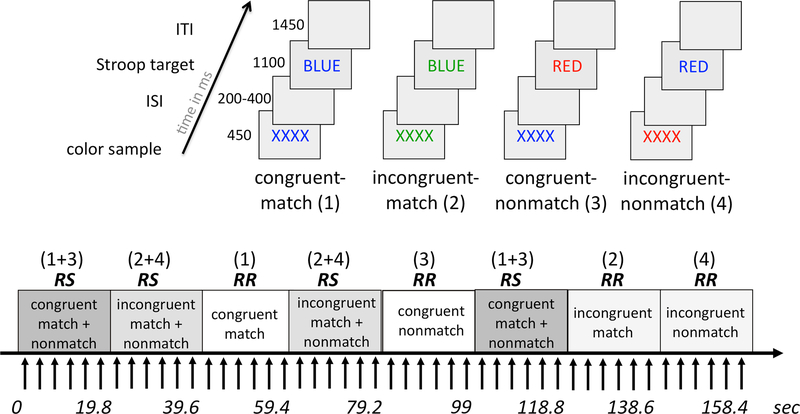Figure 2. Stroop Match-to-Sample fMRI paradigm.
Subjects were asked to match the color of a sample to the font color of the Stroop target and press a YES-key for color matches and a NO-key for non-matches. Stroop targets were color words printed in a font color that was either congruent (e.g., the word BLUE printed in blue font) or incongruent (the word BLUE printed in green font) to the word’s meaning. The task had four conditions: congruent-match, incongruent-match, congruent-nonmatch, and incongruent nonmatch, which were presented in blocks of trials requiring response switching (RS), i.e., when match and nonmatch trials were mixed in a block, or response repetitions (RR), i.e., when either match or nonmatch trials were presented in a block.

